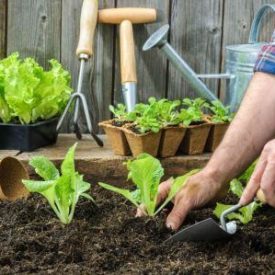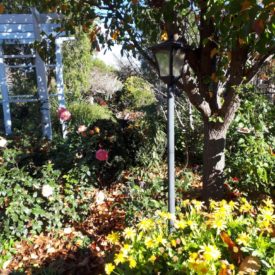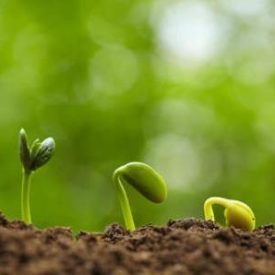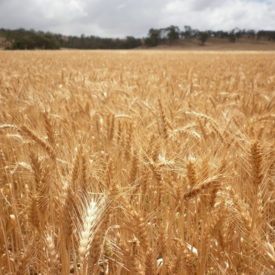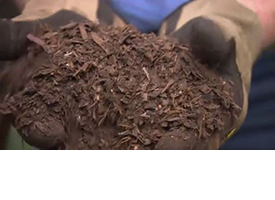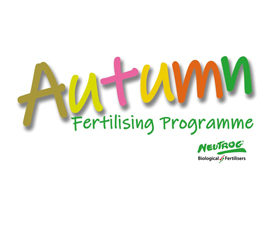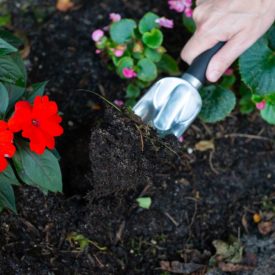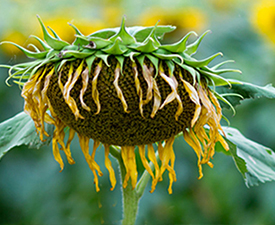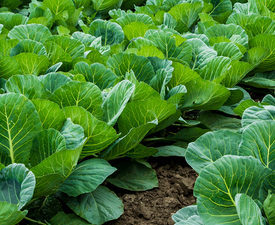How to prune your roses
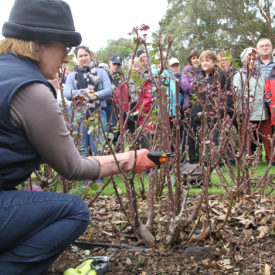
Perhaps you’ve taken the step of planting some roses, you’ve enjoyed their fragrance and colour during the year, and now you’re feeling a little panicky at the need to prune shortly? Sandra Turner, President of the Victorian Rose Society explains how to do it.
When pruning all roses, you need to be prepared. Be dressed appropriately, have good gardening gloves – preferably elbow length. Correct tools such as sharp secateurs, loppers and a pruning saw are essential. You will also need a cloth and jar with diluted bleach to disinfect your tools as you prune your roses.

